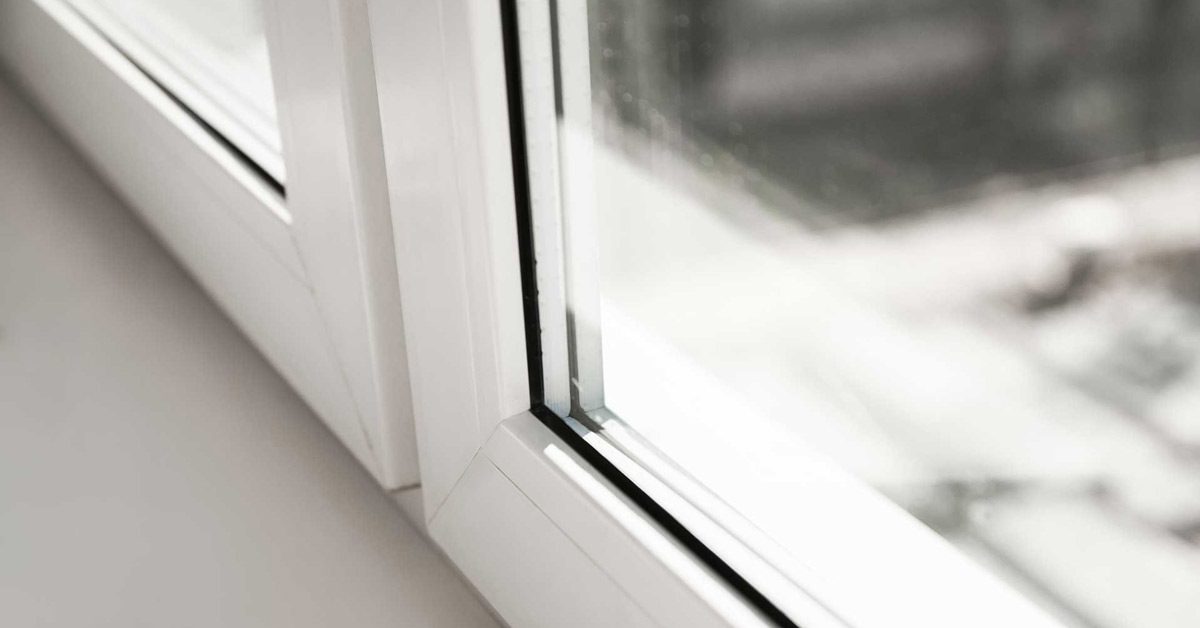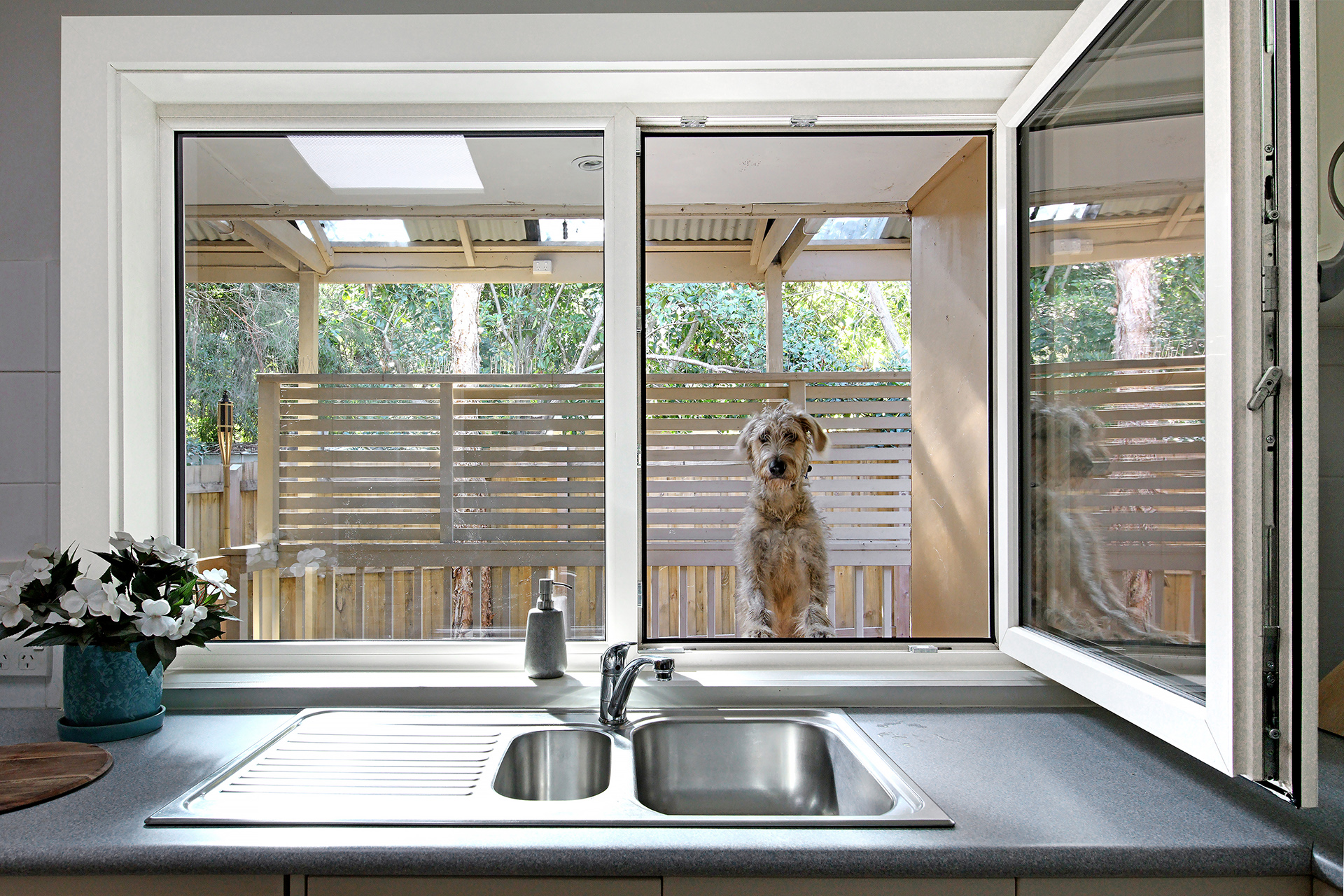All Categories
Featured
Table of Contents
Summer Scorcher Predicted, Again! Double Glazed ... in Cannington Perth
That window can transmit more solar heat in winter season than in summertime. A west-facing window on a summertime's afternoon has an angle of incidence from near 0 as much as 30 with a big reliable location of solar radiation. A north-facing window, in summer, has a high angle of incidence and a low reliable area of solar radiation, so can transfer less heat than a west-facing one.

You can quickly and quickly enhance the thermal performance of your home by replacing your windows. This is among the most efficient approaches of restoration to achieve better thermal convenience. There are thousands of kinds of glass and frames to select from. Picking the ideal ones is very important to improving the energy performance of your house.
Solace Creations: Home in Hovea Perth
There are several types of glass products to select from. Single glazing utilizes a single pane of glass. Single glazing with clear glass is not extremely effective when it concerns heat loss or gain. To improve performance, you can utilize single glazing with a more energy-efficient type of glass such as low emissivity (low-e) glass.
Several layers can be put together with sealed cavities between each sheet of glass. IGUs generally provide better energy performance than single glazing, because they transfer less energy. The energy efficiency of IGUs likewise depends on: the homes of each layer of glass. Different glass types (for instance, clear and low-e glass) can be assembled in an IGU.
The Surprising Benefits Of Double Glazing In The Summer ... in Morley WA

IGU cavities can be filled with air or a more inert, low-conductivity gas such as argon the width of the cavity. Cavity density is typically 6 to 18mm. Larger cavities provide lower (much better) U values, with 12mm generally accepted as the favored space how well the cavity is sealed. Cavities must be dry and well sealed to prevent moisture getting in.
If argon is set up to the cavity in location of air, wetness is dependably excluded the level of desiccant (drying representative). The spacer (metal or polymer strip) that separates the glass layers consists of a desiccant to soak up any moisture. Inadequate desiccant might cause wetness to condense on the glass surface area in cold conditions, decreasing thermal efficiency.
Double Glazed Windows Sydney in South Fremantle WA
IGUs can provide much better energy efficiency for all climates, particularly in heated and air-conditioned homes. Cross-section detail of single, double and triple-glazing systems Low emissivity glass (typically understood as low-e glass) reduces heat transfer. Low-e glass might be either high or low transmission: High transmission low-e glass has a finish that enables daytime from the sun to pass into your home to achieve great solar heat gain, however lowers the quantity of the long wavelength infrared heat that can get away back through the window.
Low-e glass has either a pyrolytic coating or a vacuum-deposited thin film metal coating. Pyrolytic finishes are resilient and can be used for any glazing; vacuum-deposited finishings are soft and are just used within IGUs. Low-e coatings can substantially improve both U worth and SHGC; however, they need to be used properly or they will either deteriorate or stop working to carry out as required.
Save Energy With Double Glazed Windows in North Lake Perth
Low-e finishings can be utilized in mix with clear, toned or reflective glass. Low-e finishes on glazing can decrease heat transfer where needed Image: Department of Industry, Science, Energy and Resources Toned glass has colouring additives consisted of throughout manufacture. It is offered in various colours, usually bronze, grey, blue and green.
Table of Contents
Latest Posts
Fitting A Cabin In Your Garden? Get Double Glazing Fitted Too in Connolly Perth
Brisbane's Best Double Glazed Windows in Stirling Western Australia
Twinglaze® Double Glaze Specification Act - Vic in Bickley Western Australia
More
Latest Posts
Fitting A Cabin In Your Garden? Get Double Glazing Fitted Too in Connolly Perth
Brisbane's Best Double Glazed Windows in Stirling Western Australia
Twinglaze® Double Glaze Specification Act - Vic in Bickley Western Australia